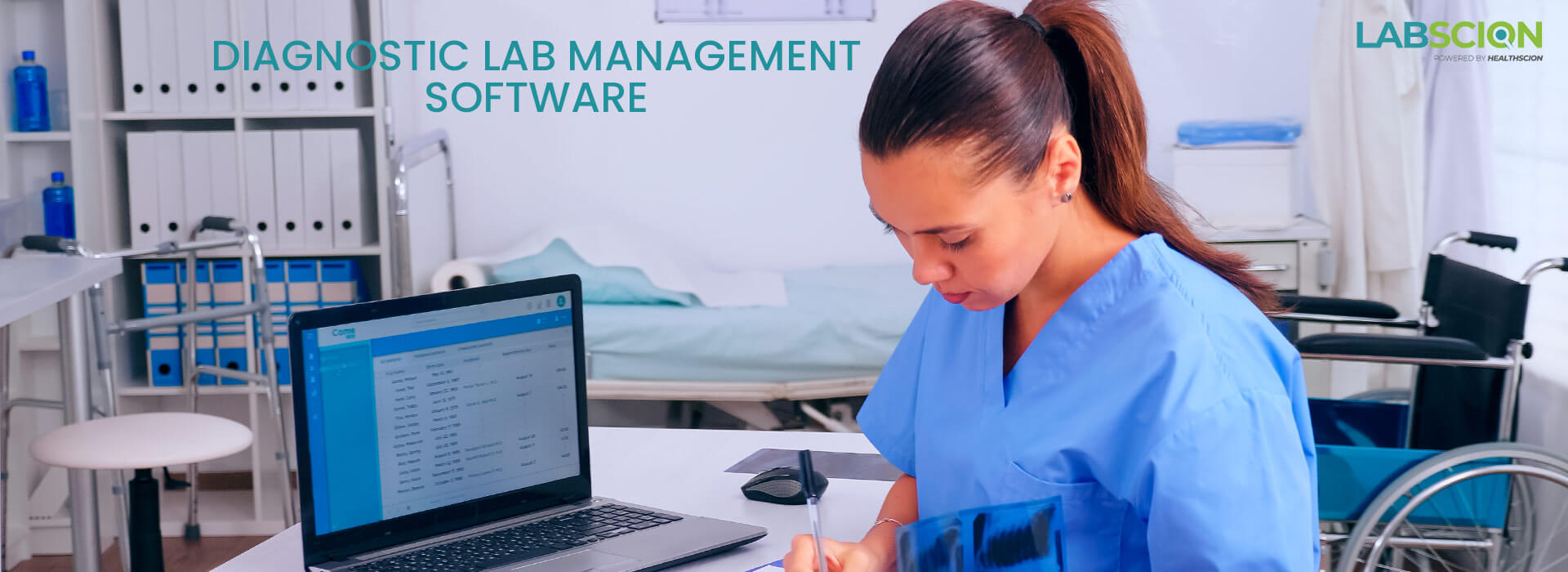
How LIMS Systems Can Automate the Laboratory?
Laboratory Management System now focuses on supporting laboratories by replacing manual and paper-based tasks with automated processes, resulting in numerous benefits. One of the notable features of this system is its efficient management and processing of lab samples, along with functions that enhance the overall productivity of the laboratory. The system also aids in cataloguing, processing, and ensuring compliance with regulations. Its additional features include workflow management, compiling samples, generating reports, and tracking samples throughout their lifecycle. LIMS software brings a range of benefits to laboratories, including the following.
Error Reduction - LIMS software reduces human errors by automating manual tasks, such as transcription and data entry, using AI-assisted automation. And this improves the overall accuracy of laboratory processes and reduces the risk of typographical mistakes.
Elimination of Manual Processes – The bestlaboratory management system automates workflows, eliminating labour-intensive tasks like data recording, calculations, and instrument calibration. The automation frees up valuable time for lab technicians to engage in other responsibilities, enhancing productivity within the laboratory.
Turnaround Time Reduction - By automating measurements, processing, and implementing systematic compliance measures, LIMS significantly shortens the elapsed times for essential laboratory procedures. And this leads to faster turnaround times, enabling timely results and improved operational efficiency.
High Configurability - As a versatile digital tool, pathologyreport format software can be easily customized to meet the specific requirements of organizations across various industries. Whether in food and beverage, agriculture, or petrochemical sectors, LIMS can adapt to specific workflows and data management needs.
Data Backup - LIMS simplifies scientific data management by eliminating the need for internal data centres. It eventually benefits laboratories with data integrity and security through robust backup and recovery procedures, safeguarding valuable laboratory information against the challenges of the digital age.
Instant Report Generation - The lab diagnosis management system provides instant access to information for authorized users, including external stakeholders. Users can request real-time reports on laboratory activities, complete with results and performance indicators, enabling quick insights into the labs operations.
Complete Regulatory Compliance - One of the significant benefits of LIMS is its automatic adherence to ever-changing legal and regulatory requirements. LIMS ensures samples and specimens undergo approved labelling, evaluation, and presentation, complying with jurisdictional regulations and maintaining regulatory compliance.
Conclusion
It has become important for laboratories to leverage advanced technology to optimize operations and enhance work efficiency. Laboratory Management systems enable organizations to unlock multiple advantages, empower users, streamline processes, and elevate productivity across all levels of management. However, to fully leverage the opportunities and overcome the challenges of the digital age, organizations need to implement top-notch lab management systems that offer intuitive user experiences, robust processing power, and stringent security measures.

